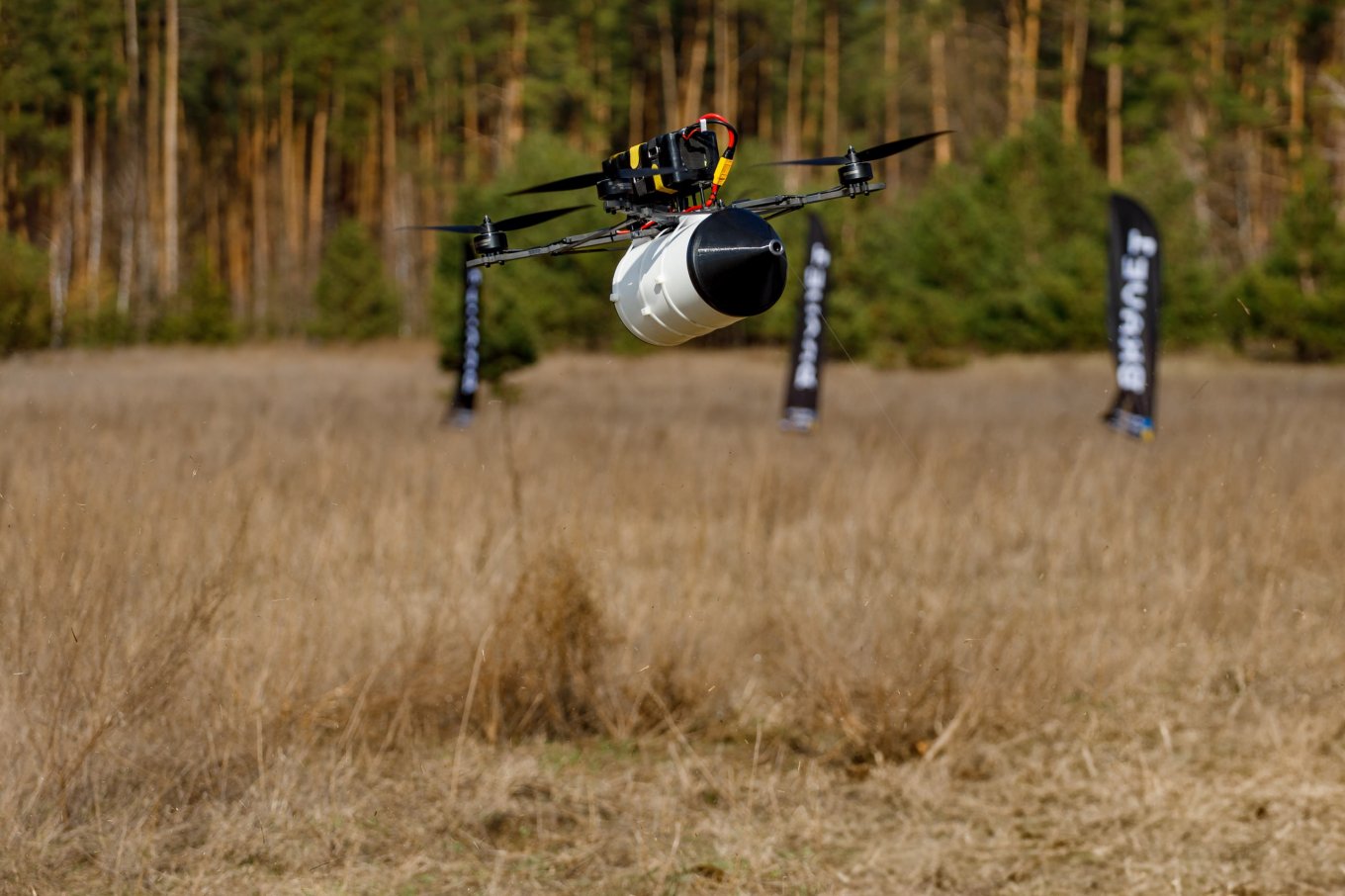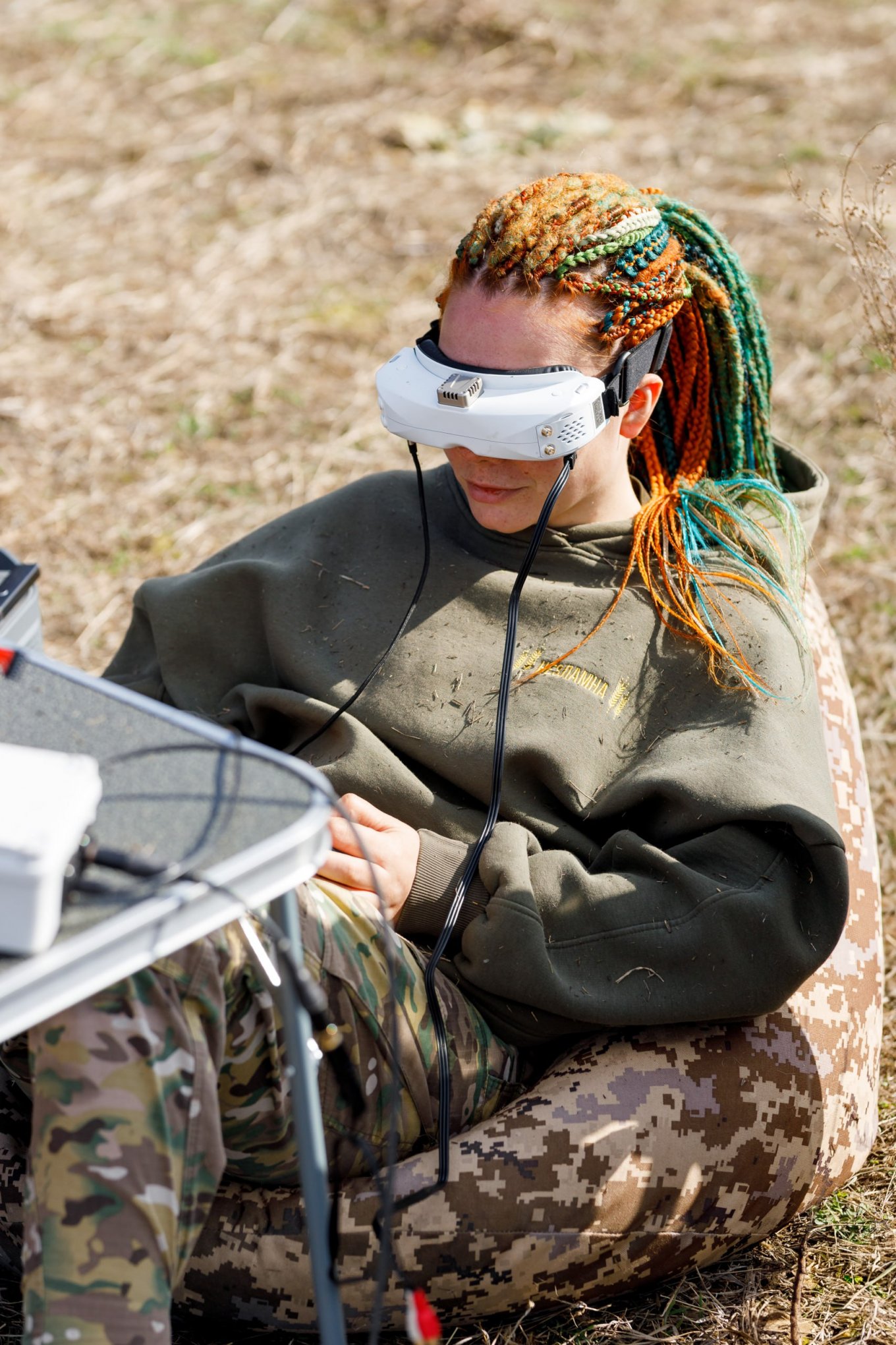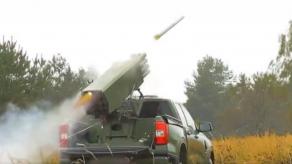Brave1 recently hosted a large-scale testing event, bringing together over 15 UAV manufacturers to trial their latest developments. The focus of the tests was fiber-optic-controlled drones, a breakthrough technology that renders unmanned aerial vehicles immune to electronic warfare while ensuring undetectable operations. With a secure, high-quality communication link between the operator and the drone, these UAVs offer a tactical advantage on the modern battlefield.
One of the key achievements demonstrated during the trials was an extended operational range. While previous iterations of fiber-optic drones were limited to distances of 5–10 km, the latest advancements have pushed their effective range beyond 20 km. During testing, the drones successfully navigated complex routes filled with obstacles and simulated target engagements, showcasing their improved capabilities.
Read more: Valuable Pros and Unexpected Cons of Ukraine's First Fiber-Optic UGVs

In addition to aerial systems, Brave1 facilitated trials for fiber-optic-controlled ground robotic platforms. Seven teams participated in these evaluations, further exploring the potential of wired communication for unmanned ground operations.

Russian forces continue to develop similar technologies. Ukraine must accelerate its efforts in this field. Conducting rigorous field tests in combat-like conditions is essential before deploying these systems to the front lines. By identifying and addressing potential weaknesses, developers can refine their designs and counter enemy advancements in fiber-optic-controlled warfare.

With ongoing innovation and real-world testing, fiber-optic UAVs and ground robots could play a decisive role in future conflicts, ensuring operational security and effectiveness even in the face of intense EW interference.
Read more: Ukraine's Ministry of Defense Has Authorized Over 10 Optical Fiber Drone Models Since the Beginning of the Year














